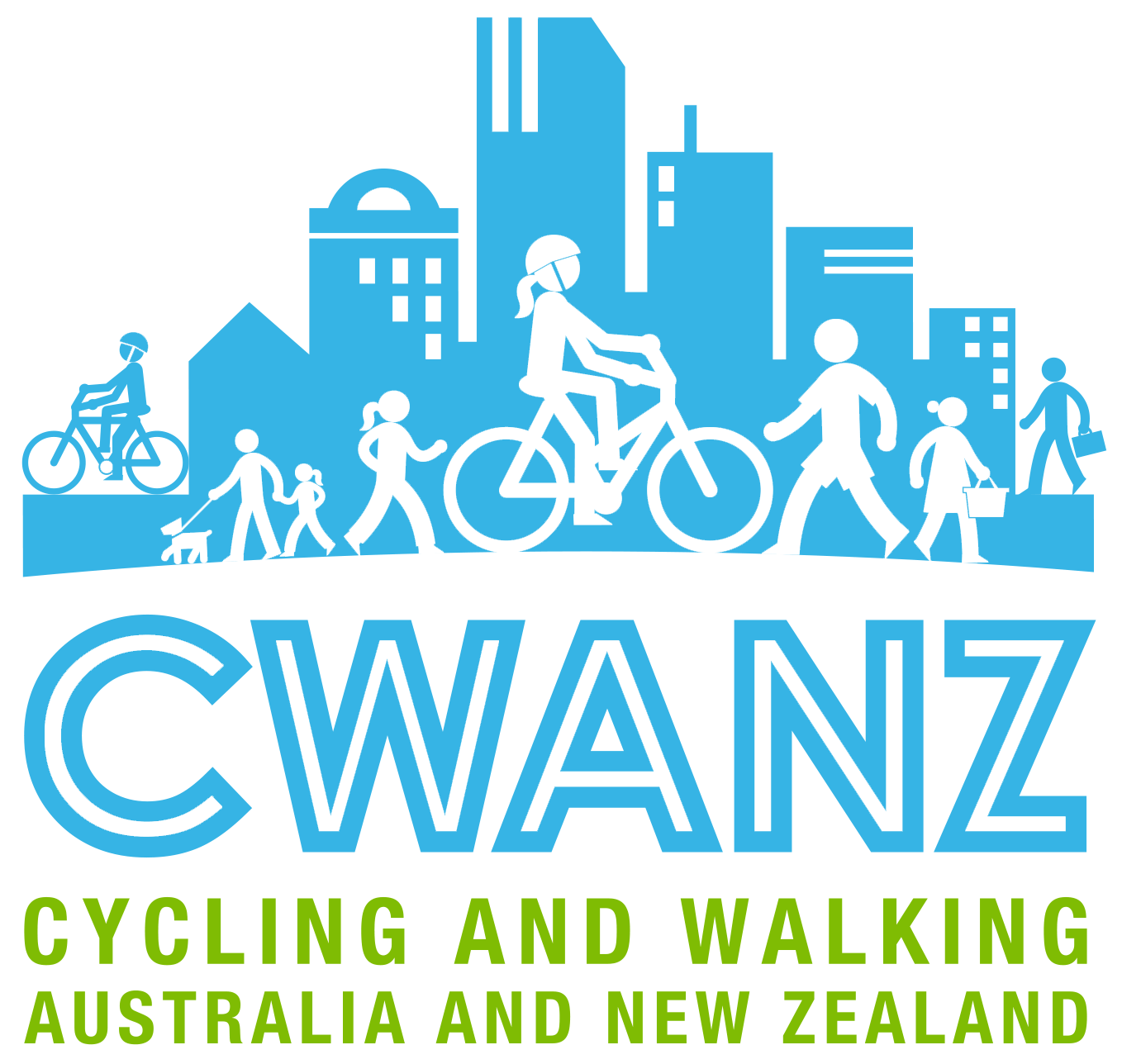LOCATION: Multiple
SUBURB: Multiple
MUNICIPALITY: Multiple
STATE & COUNTRY: New South Wales, Australia
SPEED REDUCTION: Various to 40 km/h
DATE IMPLEMENTED: 2003
SCHEME INCLUDED:
- Signage
- Traffic calming: chicanes, narrow carriageways and half openings; pedestrian fencing, refuges and raised crossings; gateway treatments includign differentiation through painting, paving rasied platforms; kerb extensions, blisters and good landscaoing; illuminated or flashing lights; speed humps
- Promotion through roadside signage, letterbox drops, local media coverage and campaigns
COST: Not available
ADDITIONAL INFORMATION:
- Casualty crashes: a 37.6% reduction in crashes 2002-2015 for High Pedestrain Activity Areas (HPAA) compared to a 20.4% reduction on comparable 40/50/60 km/h roads elsewhere
- Serious casualty crashes: a 33.0% reduction in crashes 2005-2015 for HPAA compared to a 3.6% reduction on comparable 40/50/60 km/h roads elsewhere
- Pedestrian serious casualty crashes: a 46.4% reduction in crashes 2005-2015 for HPAA compared to a 19.1% reduction on comparable 40/50/60 km/h roads elsewhere
- For zones where implementation dates were known, a reduction of 12.5% to 16.4% in casualty crashes in the three to five years after implementation of HPAA zones compared to the three to five years before implementation.
LESSONS LEARNED:
- HPAA zones demonstrated greater percentage reductions in casualty crashes compared with other permanent 40 km/h zones and also included roads with a far greater number of pedestrian and other crashes therefore achieving far greater reductions in absolute numbers of casualties
- Stakeholders reported that introduction of permanent 40 km/h zones results in a reduction in crashes, a reduction in travel speeds and some reduction in motorised traffic.
- Overall opinions of 40 km/h zones were mixed depending on whether individuals placed greater value on mobility compared with safety and amenity
- The community survey indicated strong support for 40 km/h on busy roads where lots of people were walking.
- The HPAA program guidelines are complex and put significant boundaries around implementation. They can be usefully revised to reflect learnings and support continued safety improvement.
- Change management is a critical element of any speed management reform, and should be a key consideration in implementing lower speed limits.
- There is good potential in taking some smaller intermediate steps, ahead of a more significant program to capitalise upon the success of the HPAA program.E.g.:
- Consistency of zoning and signage
- relax pedestrian crossing warrants (criteria) in HPAA zones
- Trial 40 km/h zones without traffic calming treatments
- Trial part-time zones
